- News
- Reviews
- Bikes
- Accessories
- Accessories - misc
- Computer mounts
- Bags
- Bar ends
- Bike bags & cases
- Bottle cages
- Bottles
- Cameras
- Car racks
- Child seats
- Computers
- Glasses
- GPS units
- Helmets
- Lights - front
- Lights - rear
- Lights - sets
- Locks
- Mirrors
- Mudguards
- Racks
- Pumps & CO2 inflators
- Puncture kits
- Reflectives
- Smart watches
- Stands and racks
- Trailers
- Clothing
- Components
- Bar tape & grips
- Bottom brackets
- Brake & gear cables
- Brake & STI levers
- Brake pads & spares
- Brakes
- Cassettes & freewheels
- Chains
- Chainsets & chainrings
- Derailleurs - front
- Derailleurs - rear
- Forks
- Gear levers & shifters
- Groupsets
- Handlebars & extensions
- Headsets
- Hubs
- Inner tubes
- Pedals
- Quick releases & skewers
- Saddles
- Seatposts
- Stems
- Wheels
- Tyres
- Health, fitness and nutrition
- Tools and workshop
- Miscellaneous
- Cross country mountain bikes
- Tubeless valves
- Buyers Guides
- Features
- Forum
- Recommends
- Podcast
review
£9,000.00
VERDICT:
Very fast, very stiff and very fun to ride – the Reacto Team-E is an excellent race bike
Loads of stiffness for bigger riders
Incredibly fast
Priced well against rivals
Wheelset is a little sluggish
Weight:
7,510g
Contact:
At road.cc every product is thoroughly tested for as long as it takes to get a proper insight into how well it works. Our reviewers are experienced cyclists that we trust to be objective. While we strive to ensure that opinions expressed are backed up by facts, reviews are by their nature an informed opinion, not a definitive verdict. We don't intentionally try to break anything (except locks) but we do try to look for weak points in any design. The overall score is not just an average of the other scores: it reflects both a product's function and value – with value determined by how a product compares with items of similar spec, quality, and price.
What the road.cc scores meanGood scores are more common than bad, because fortunately good products are more common than bad.
- Exceptional
- Excellent
- Very Good
- Good
- Quite good
- Average
- Not so good
- Poor
- Bad
- Appalling
Merida's 2021 Reacto Team-E road bike is a race thoroughbred that excels on flat and rolling terrain. The straight line speed, stiffness and handling are all brilliant, but the ride may be too firm for some.
> Find your nearest dealer here
I said in my first ride review that this is unapologetically a 'race bike,' and I'm sticking with that. Comfort is the last thing on the Reacto's mind, with the focus being entirely on speed. Kick the pedals round and the bike reacts with a surge befitting the superbike price.
Merida says that weight was one of the primary concerns when moving the Reacto to more of an all-round race bike and away from just an aero rig. At 7.5kg on our scales for this size small, there is still some room before you worry the UCI's 6.8kg minimum weight rule, but I'd say it feels plenty lightweight enough.
There are a couple of component changes you could make to bring that weight down, but we'll get to that later.
The low weight certainly helps get you up to speed, but the Reacto really reaches its happy place cruising the flatlands around 40kph and above. The new aero claims aren't massively impressive, but the Reacto was a fast bike already, so saving a whopping two watts because the cables are now hidden is just a little bonus.
Eventually in the Mendips, you do have to climb a hill or two, though admittedly, I aim for them. Climbing really isn't a problem on these more 'modern' aero bikes. The Reacto feels light and climbs just as hard as you want to go.
In fact, I was dead impressed by the Reacto on the faster climbs or where the gradient levels out to around 4%. The Reacto really comes alive when you shift into the big ring, holding onto momentum very well.
A notable ride feature I mentioned before is how stiff the Reacto is, particularly the rear end. While a little messing around with tyre pressures led me away from my initial observation that the rear end was harsh, it's still a bike that focuses far more on putting your power onto the road than about giving you a comfortable ride.
Most of my riding has taken me around the roads of Somerset and the majority are surfaced with that lovely gravel dressing. As a result, any stiffness is magnified and usually felt through my hands, feet and posterior. I have been feeling those roads far more on this bike than on others. My Specialized Venge certainly feels smoother, though I still wouldn't call it a comfortable bike.
The Reacto isn't harsh, but you should know what you're getting into. Merida designed this as a full-on race bike and while they may have worked to increase comfort, it is still a single-minded speed machine.
Despite the high stiffness that can sometimes result in rather jittery cornering, the Reacto is very impressive when you really push it through the bends. The long and low position helps you get your own centre of gravity low, load the front tyre and carve through turns.
Geometry
The single-minded speed machine description extends to the geometry, but the long and low position is perfect for this bike, helping you get as aero as possible. I am young, quite flexible and used to riding race bikes so the position wasn't an issue for me. If you're looking for a bike for long, relaxed days in the saddle, though, this isn't it.
I really like the steep head tube and seat tube that combine to give the Reacto handling the feels very on-edge. It is certainly lively, with a tight wheelbase adding to the whip-sharp handling.
Overall you're getting what Merida says the Reacto is. It's a fast bike with loads of stiffness, direct handling, a decently low weight and just enough comfort to make longer days and rough roads doable.
Frame and fork
Merida uses its CF5 IV carbon for both the frame and fork, and they've been redesigned for this 2021 model.
The changes can mostly be found at the front where the cables now stay hidden from the wind, entering the frame behind the upper headset bearing. It's a very clean aesthetic and a move that most bike manufacturers have been making in the last few years.
Merida says the cable integration is more aero, but doesn't specify how many watts have been saved, so you'll have to make do with how nice it looks. Moving down a little, the fork crown now sits slightly deeper into the down tube, which Merida says saves two watts.
The seatstays have also been dropped slightly, but apart from that, the frame is very similar to the outgoing model.
That's not a bad thing though. The Reacto continues with the massive chainstay design that meets an equally chunky bottom bracket shell housing a BB86.5 bearing system.
There are upsides and downsides to this press-fit system. They are supposedly stiffer than a threaded one, but while you might not be able to tell the difference in stiffness, you can always hear a problem bottom bracket. Thankfully, the Reacto has been making no funny noises.
The seat clamp is neatly integrated into the top tube and the seatpost, which gave me a bit of a headache when the bike arrived, is behaving itself now. No more mallets have been employed.
The seatpost has a cutout designed to add compliance right under the saddle, and Merida uses this space for a small rear light. I found it a little useless, personally, as it was covered by my saddle bag. The light is also rather dim and runs on an AA battery, so don't expect it to last for hours.
While I wouldn't use it normally, it is at least a handy safety feature for when it goes dark faster than you expected. These past few weeks I've been caught out a couple of times and it has worked well enough.
The finishing touches of flat mount callipers and thru-axle dropouts are standard fare.
Groupset
Shimano's Dura-Ace R9170 groupset brings together the exceptional shifting quality of Di2 electronics and the all-weather predictability of hydraulic discs. A lot has already been said about this groupset, and it's due an update soon, so we won't dwell on it. What I will say, though, is that the performance increase over Ultegra Di2 is marginal.
I've also been riding SRAM Red eTap AXS lately, and I prefer Shimano by far. There may only be a fraction of a second's difference in the shift speed, but it makes all the difference for me. That said, I'd urge you to try both systems if you can. Stu would give his money to SRAM, see which one works for you.
Interestingly – and this is one area where Merida has Specialized beaten – a Shimano power meter is included. This dual-sided design has had its faults but seems to be sorted now, and provides me with data consistent with that of the SRAM Red AXS power meter and my dual-sided 4iiii. While I can't comment on the overall accuracy, it's consistent, and I found it easy to set up once connected to a Garmin head unit.
The reason Merida has Specialized and Trek beaten here is that this build comes in at £9,000. That's still a huge chunk of change, but it's far cheaper than the equivalent bikes from the two American brands.
Attached to the brake calliper area are the disc coolers, two heat sinks Merida claim improved performance through better cooling. Personally, I haven't felt much of a difference during normal riding.
The rotors still catch a little after heavy braking and it is telling that the Bahrain Merida pros seem to have removed theirs. Or, strictly speaking, had the mechanics remove them.
There are better steps to improving your braking. SwissStop pads and in particular, their rotors, are a great upgrade. The rotors don't flex like the Dura-Ace rotors do, though they do add a little weight. They're quieter too.
Bar/Stem
Vision provides the integrated bar/stem in the form of the 5D. I absolutely love the 5D, finding the shape of the drops very comfortable yet secure for sprint efforts. The bar features a distinct forward swoop to the clamp area, giving quite a long reach that I found ideal for this long and low position.
There's absolutely no flex when ripping the bike from side to side in a sprint, yet this stiffness doesn't translate to a harshness on the hands. The 5D is also properly integrated and comes with all the holes required for Di2, making a tidy setup very easy to achieve.
Wheelset
Vision also provides the wheels, but I'm not so impressed with these. They're plenty fast enough when up to speed on flat roads, but the weight make them a little sluggish when accelerating, and hampers climbing performance too.
Dave Arthur reviewed the Metron 55 SL Disc clincher wheelset separately, and I have to say I agree with his findings. These are good, but not the best.
Tyres
Much was made of the replacement to the GP4000S II, but Continental's GP5000 clincher tyres haven't blown me away.
Sure, they're pretty predictable in the corners and they do very well in the rain, but when you come from a 350tpi casing, three layers of 180tpi casing feels very dull.
Saddle
I always like to end on a positive note and the Prologo Scratch M5 has been fabulous. It's the first saddle without an open central cutout that I've got on with, and despite several four-hour rides I've had no discomfort at all.
The shape is stubby with a slight contour from back to front. It's designed for riders who want to get low and it does its job perfectly, supporting me as I did my best to lay down the power.
The middle section is slightly softer, and the shell has just enough give in the wings to move with you a little.
Value
I've already touched on value. The Dura-Ace Di2 Specialized S-Works Tarmac SL7 is £10,500, while the equivalent Trek Emonda SLR 9 is £9,700 and the Madone SLR 9 is £11,350. Amongst the latest aero race bikes, the Reacto represents a decent saving then, and does it with a very similar spec.
Each bike gets some form of aero front end, deep carbon wheels, Shimano's Dura-Ace Di2 groupset and the Dura-Ace power meter.
> 14 of the best carbon fibre road bikes - from £999 to £10,000
If you have this kind of money to put down on a superbike then I'd urge you to try each bike before making a decision. One is going to fit you best, allowing you to tuck down comfortably into an aero position, and despite all the aero claims, the biggest impact is still your body.
Overall
I've been incredibly impressed by the stiffness of the 2020 Reacto Team-E. Combine this with the race-orientated geometry and superb handling and you have yourself a brilliant race bike. I wouldn't call this the comfiest racer I've ridden, though, so if you ride rough roads or want a little bit of comfort, then you may wish to look elsewhere.
Verdict
Very fast, very stiff and very fun to ride – the Reacto Team-E is an excellent race bike
road.cc test report
Make and model: Merida REACTO TEAM-E
Size tested: XS/53cm
About the bike
List the components used to build up the bike.
FRAME REACTO CF5 IV
FRAME SIZE XXS, XS, S, M, L, XL
COLOR GLOSSY BLACK/MATT BLACK
FORK REACTO CF5 IV DISC
BRAKE FRONT Shimano Dura Ace
BRAKE REAR Shimano Dura Ace
ROTOR FRONT Shimano RT900
ROTOR REAR Shimano RT900
BRAKE LEVER Shimano Dura Ace disc
HEADSET FSA ACR
HANDLEBAR Vision METRON 5D ACR INTEGRATED
HANDLEBAR STEM Vision METRON 5D ACR INTEGRATED
GRIP One-Touch
DERAILLEUR (F) Shimano Dura Ace Di2
DERAILLEUR (R) Shimano Dura Ace Di2
SHIFTER FRONT Shimano Dura Ace disc Di2
SHIFTER REAR Shimano Dura Ace disc Di2
SEAT POST MERIDA TEAM CW
SEAT CLAMP MERIDA REACTO Aero
SADDLE SCRATCH M5
CHAIN Shimano CN-HG901-11
CHAINWHEEL Shimano Dura Ace, Power Meter
CRANK SIZE 165 mm-XSS, 170 mm-XS/S, 172.5 mm-M, 175 mm-L/XL
FREEWHEEL Shimano CS-9100
BOTTOM BRAKET SM-BB92-41B, Presfit 86.5
WHEELSET METRON 55 Clincher TL Disc
TIRE FRONT Continental Grand Prix 5000
TIRE REAR Continental Grand Prix 5000
AXLE REAR MERIDA EXPERT SL
SPOKES attached
LIGHT REAR REACTO light seat post + Battery
Tell us what the bike is for and who it's aimed at. What do the manufacturers say about it? How does that compare to your own feelings about the bike?
"The king is dead, long live the king!" says Merida of the seemingly improved, not overhauled 2021 Reacto. Merida seems to suggest a move away from all-out aero to more of all-rounder, something that we're seeing a lot of recently.
Merida says it "will once again deliver tons of fun and begs you to ride fast – all the time."
"With a clean design, optimised aerodynamics, cockpit cable integration, tyre clearance for up to 30 mm wide tyres, the well-proven Merida S-Flex seat post for maximum comfort and – for an aero road bike – very lightweight frame, it offers everything a modern aero bike needs to bring to the table."
Where does this model sit in the range? Tell us briefly about the cheaper options and the more expensive options
We're at the very top end here. You could easily save cash without much of a performance hit by getting the Ultegra Di2 version.
Frame and fork
Overall rating for frame and fork
8/10
Tell us about the build quality and finish of the frame and fork?
The only issue I had was a temporarily stuck seatpost. A mallet soon sorted the problem and it is now behaving itself.
Tell us about the materials used in the frame and fork?
Merida's CF5 carbon for the frame and fork.
Tell us about the geometry of the frame and fork?
It is long and very low – the perfect recipe for a race bike and I absolutely love it.
How was the bike in terms of height and reach? How did it compare to other bikes of the same stated size?
I found it very comparable to my S-Works Venge. It's long and low, so you should know you're buying an unapologetic race bike.
Riding the bike
Was the bike comfortable to ride? Tell us how you felt about the ride quality.
The ride treads a thin line between stiff and a bit harsh. If the roads are mostly good in your area, you'll be fine.
Did the bike feel stiff in the right places? Did any part of the bike feel too stiff or too flexible?
There's no chance of this being too flexible. If anything, the rear kicks a little harshness through.
How did the bike transfer power? Did it feel efficient?
Stamp on the pedals and you move forward very quickly. The bike transfers power exceptionally well.
Was there any toe-clip overlap with the front wheel? If so was it a problem?
Yes, but I expect that with a race bike with a tight wheelbase. It isn't a problem.
How would you describe the steering? Was it lively neutral or unresponsive? Very lively.
Tell us some more about the handling. How did the bike feel overall? Did it do particular things well or badly?
I have been massively impressed through tight corners.
Which components had the most effect (good or bad) on the bike's comfort? would you recommend any changes?
I would have liked some supple tyres. The GP5000 tyres feel very dull.
Which components had the most effect (good or bad) on the bike's stiffness? would you recommend any changes?
That Vision 5D bar/stem isn't budging at all. It is excellent.
Which components had the most effect (good or bad) on the bike's efficiency? would you recommend any changes?
The weight of the wheels means acceleration from low speed isn't great. Climbing on steep gradients is a bit slow too.
Rate the bike for efficiency of power transfer:
10/10
Rate the bike for acceleration:
8/10
Better wheels and this would have been top marks.
Rate the bike for sprinting:
10/10
Great when sprinting from a faster speed.
Rate the bike for high speed stability:
8/10
Rate the bike for cruising speed stability:
8/10
Rate the bike for low speed stability:
8/10
Rate the bike for flat cornering:
9/10
Rate the bike for cornering on descents:
9/10
Rate the bike for climbing:
6/10
The drivetrain.
Rate the drivetrain for performance:
9/10
Rate the drivetrain for durability:
9/10
Rate the drivetrain for weight:
7/10
Rate the drivetrain for value:
3/10
Ultegra Di2 is tiny bit heavier, far cheaper, and gives essentially the same performance.
Tell us some more about the drivetrain. Anything you particularly did or didn't like? Any components which didn't work well together?
Dura-Ace Di2 shifting and hydraulic brakes are brilliant – I far prefer this system to SRAM. The Dura-Ace disc rotors aren't my favourites, though. They're a bit flexible and can rub quite easily.
Wheels and tyres
Rate the wheels for performance:
6/10
Rate the wheels for durability:
8/10
Rate the wheels for weight:
4/10
Rate the wheels for comfort:
7/10
Rate the wheels for value:
5/10
Tell us some more about the wheels.Did they work well in the conditions you encountered? Would you change the wheels? If so what for?
This is where I would make my first change. They're just a bit too heavy for the depth. Roval's new Rapide CLX wheels look very good, but Hunt's Aerodynamicist hoops would get my money.
Rate the tyres for performance:
5/10
Rate the tyres for durability:
7/10
Rate the tyres for weight:
7/10
Rate the tyres for comfort:
4/10
Rate the tyres for value:
5/10
Tell us some more about the tyres. Did they work well in the conditions you encountered? Would you change the tyres? If so what for?
I might be a tyre snob, but the casing here just feels so stiff. Give me a 300tpi+ casing any day.
Controls
Rate the controls for performance:
10/10
Rate the controls for durability:
8/10
Rate the controls for weight:
8/10
Rate the controls for comfort:
9/10
Rate the controls for value:
5/10
Tell us some more about the controls. Any particularly good or bad components? How would the controls work for larger or smaller riders?
Vision's 5D bar is brilliant. Stiff, compliant and a comfortable shape.
Anything else you want to say about the componentry? Comment on any other components (good or bad)
That Prologo saddle has been very comfortable.
Your summary
Did you enjoy riding the bike? Yes, when the tarmac was decent
Would you consider buying the bike? I think our local roads are just a bit too harsh
Would you recommend the bike to a friend? Yes
How does the price compare to that of similar bikes in the market, including ones recently tested on road.cc?
I know, it's still £9,000 but it actually stacks up pretty well against the latest Trek and Specialized offerings.
Rate the bike overall for performance:
8/10
Rate the bike overall for value:
7/10
Use this box to explain your overall score
It's a great race bike, very stiff, will suit bigger riders and handles brilliantly. There are still a few spec changes I'd make and it can be a bit harsh on tarmac that isn't perfect, though, so it's an eight.
About the tester
Age: 24
I usually ride: Cannondale Supersix Di2 My best bike is:
I've been riding for: 5-10 years I ride: Most days I would class myself as: Expert
I regularly do the following types of riding: road racing, time trialling, cyclo cross, commuting, club rides, general fitness riding, I specialise in the Cafe Ride!
Latest Comments
- webbierwrex 3 sec ago
As it said, each to their own. I've been very happy with my Zipp 303s which seems to be fast enough for me, have a life time guarantee and we're...
- dh700 3 hours 53 min ago
It's going to be a long, long time before the world starts running out of steel-framed bikes of any description. I pick up one or two a year for...
- Zebulebu 6 hours 28 min ago
You can't enter BC races because you don't have a BC license?...
- LookAhead 4 hours 27 min ago
I didn't take him to be calling this particular incident a mere encounter but rather to be using "encounters" to mean "opportunities for violent...
- Rendel Harris 9 hours 18 min ago
Come on guys, appreciate all the entertainment you provide and discussion you provoke but really, two seconds just skimming your articles for...
- chrisonabike 10 hours 54 min ago
Councils don't seem terrible keen ... maybe eburtthebike can give us the insider view in why not?...
- Hirsute 14 hours 12 min ago
Another pathetic sentence for killing a cyclist....
- HoarseMann 15 hours 30 min ago
...and maybe a third? Don't forget the M49 'ghost' junction: https://www.bristolpost.co.uk/news/bristol-news/work-m49-ghost-junction-...
- ubercurmudgeon 17 hours 56 min ago
What a shit world we've created.















































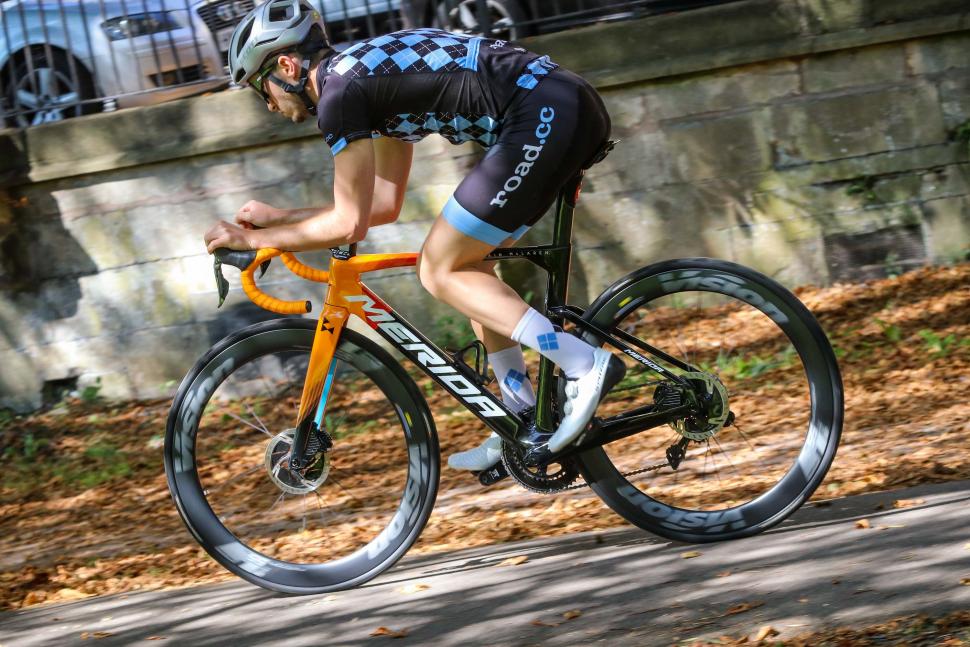

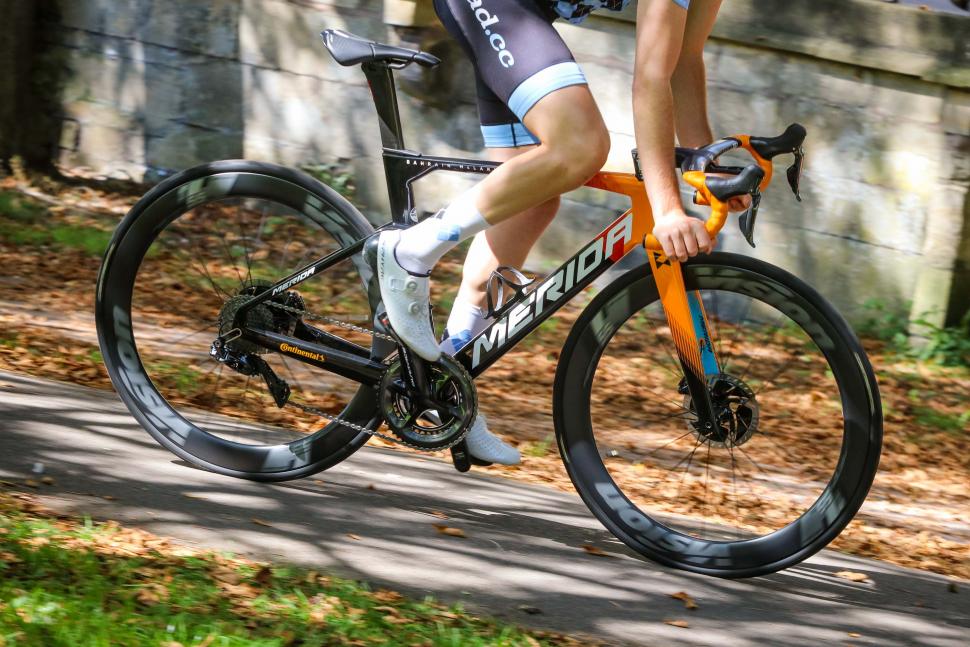
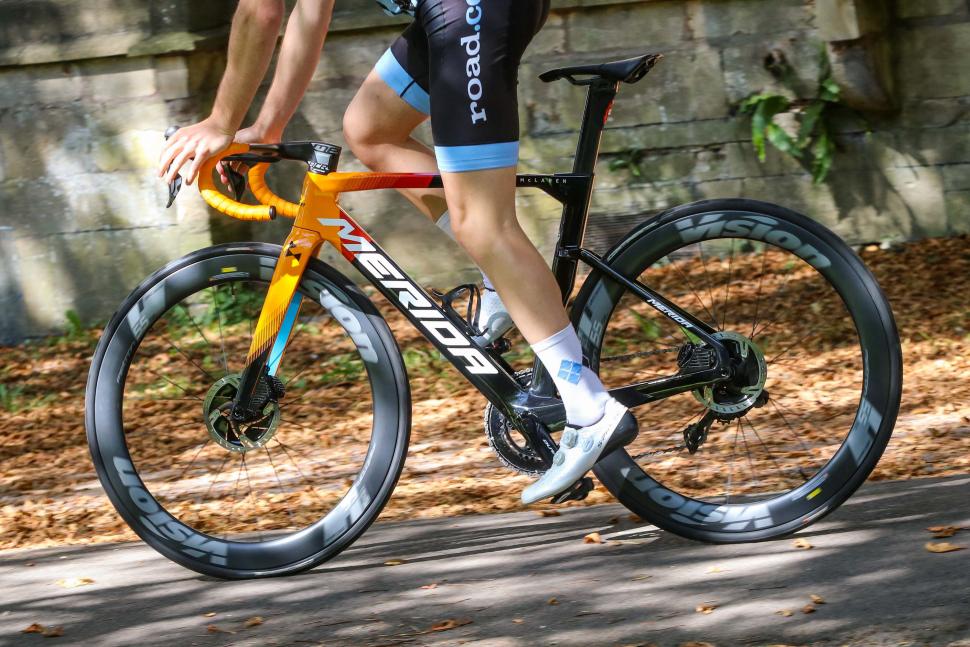
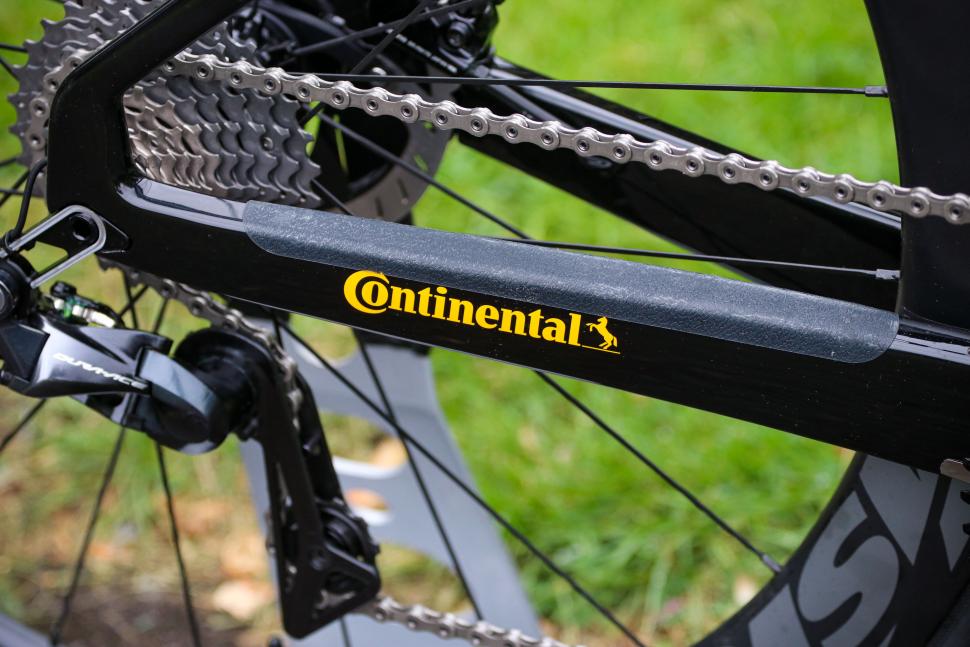
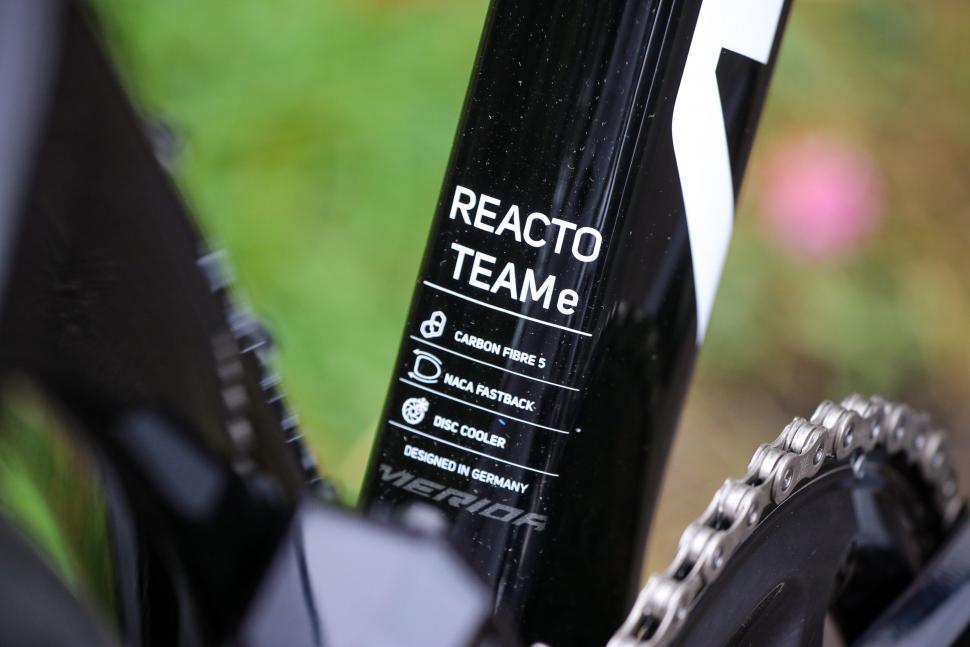

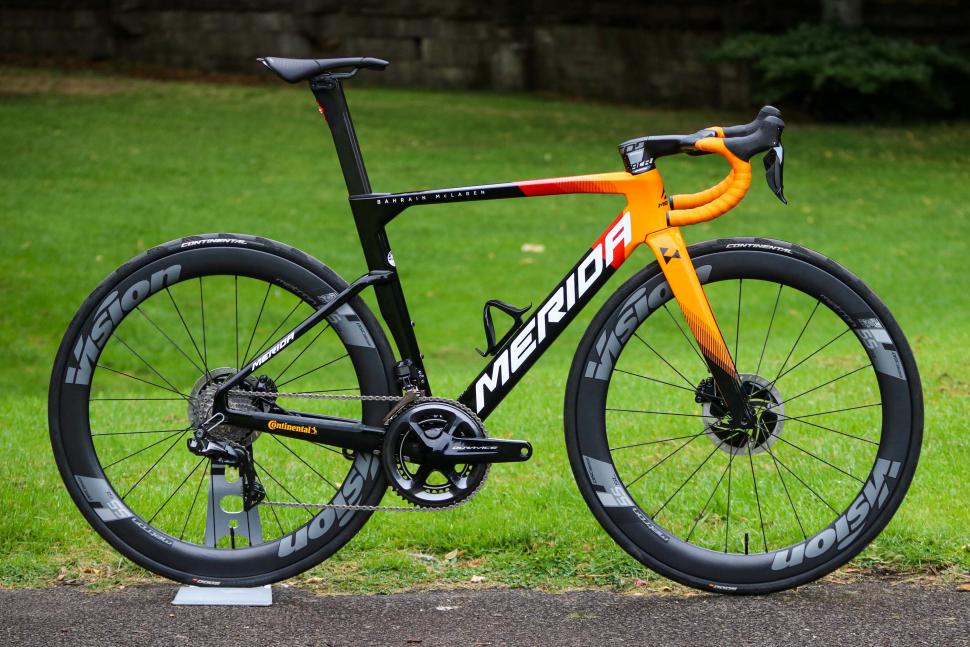
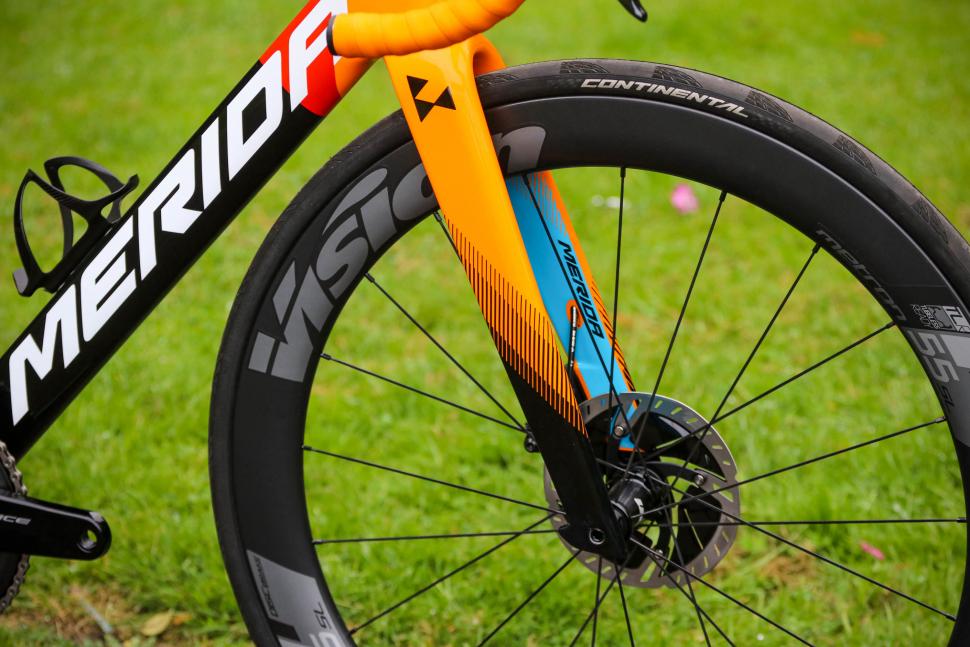



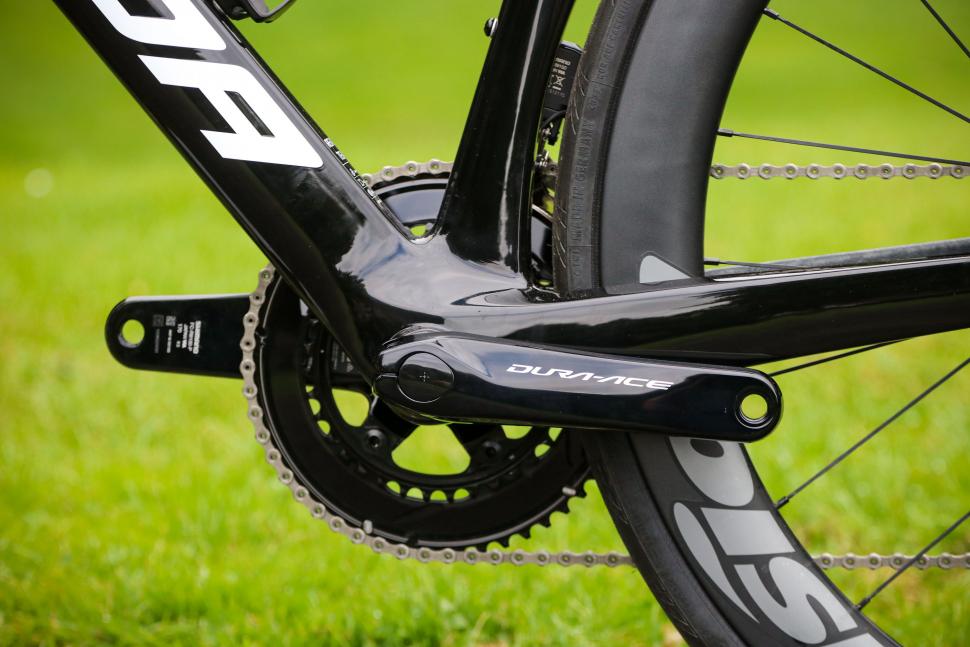
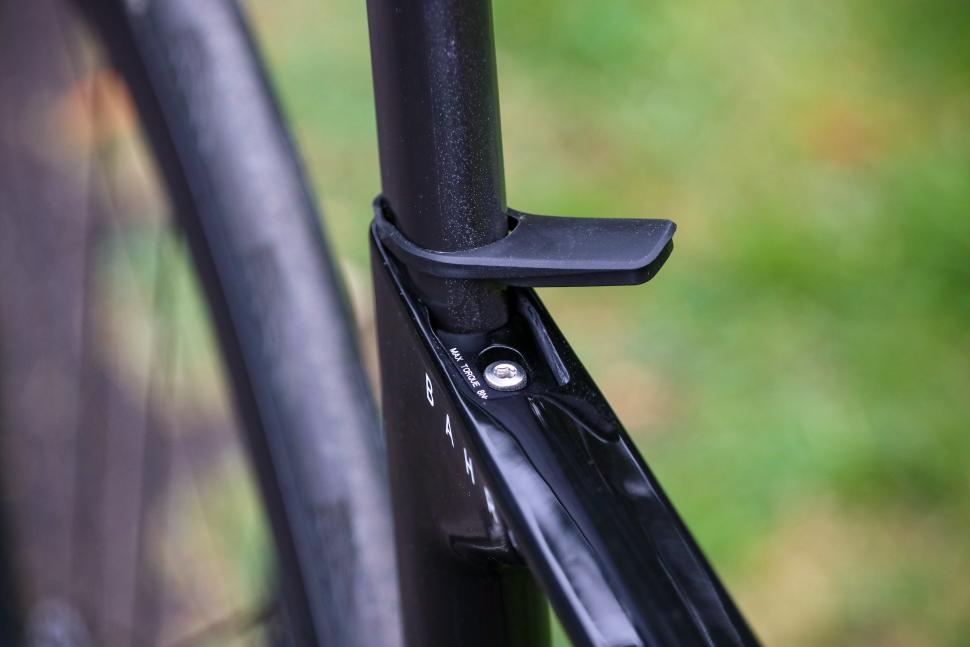
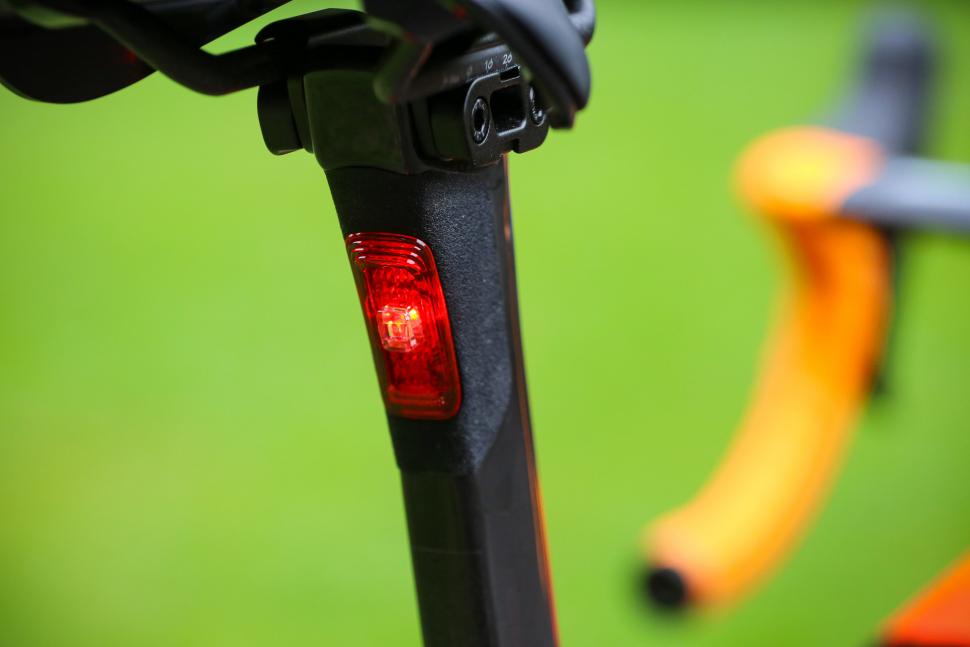
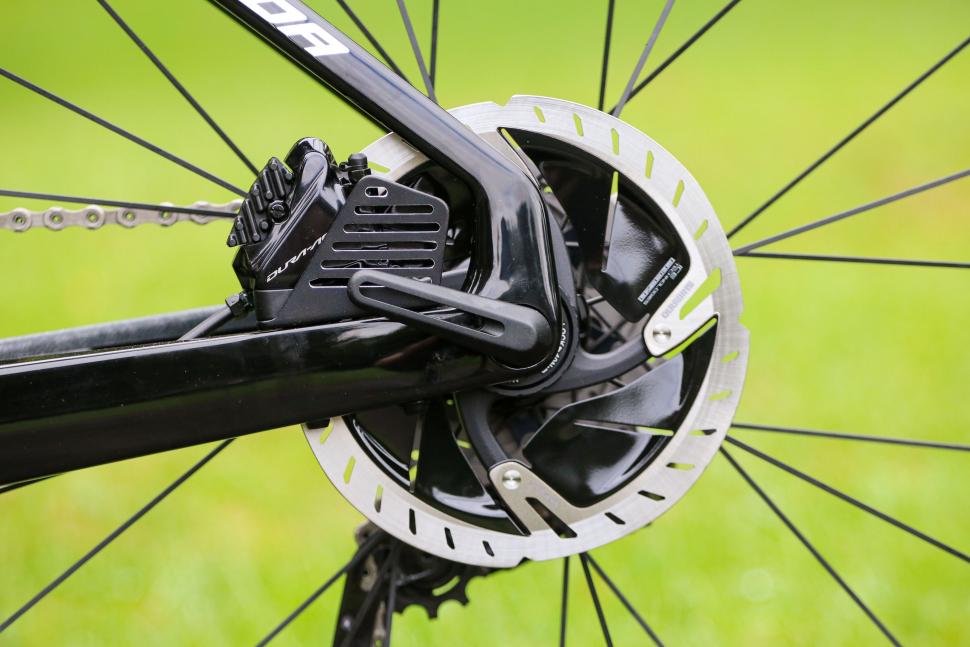
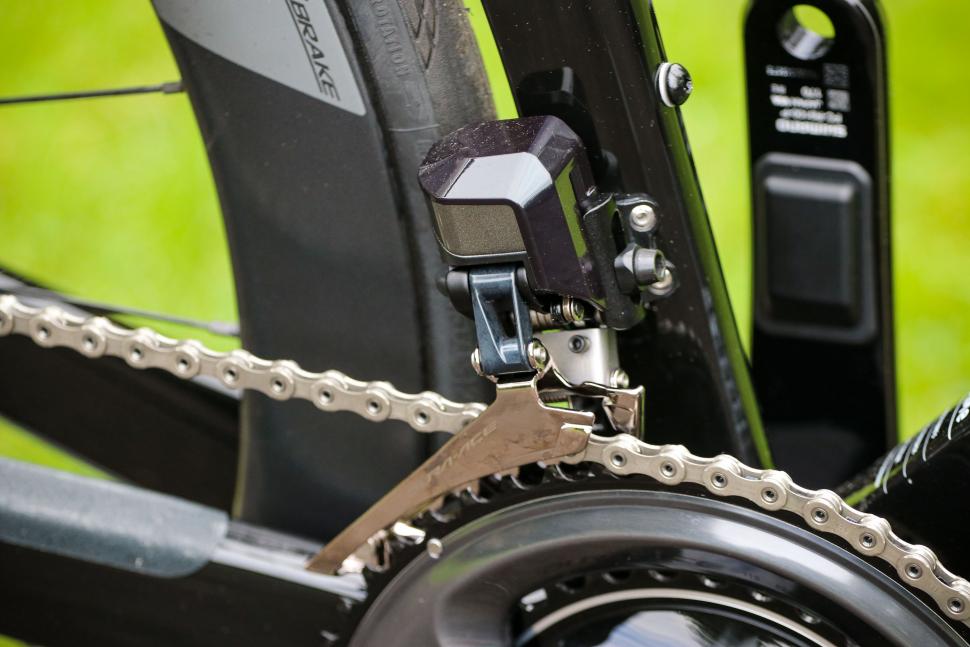

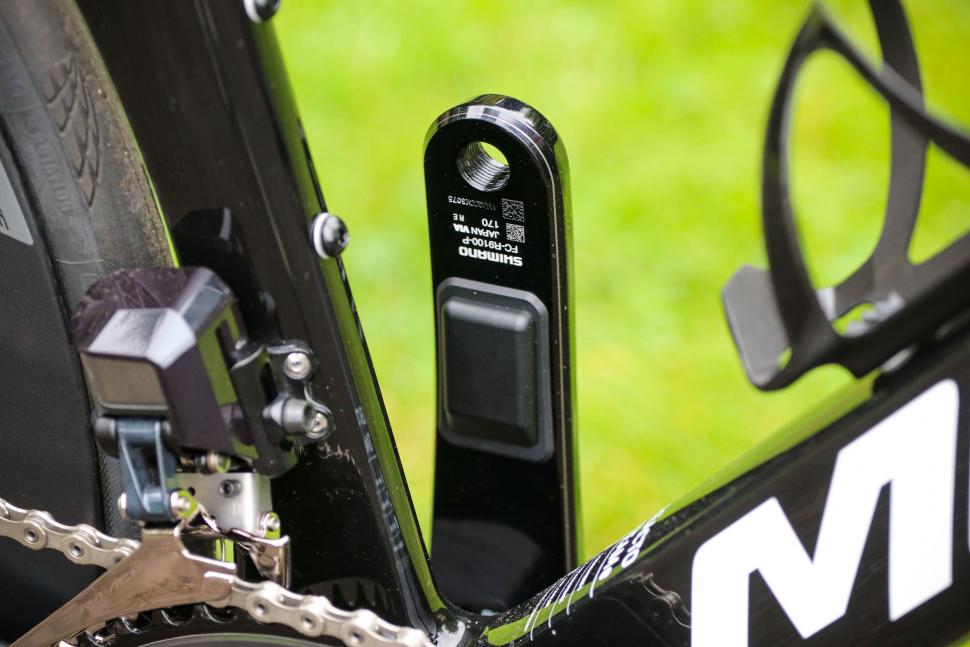
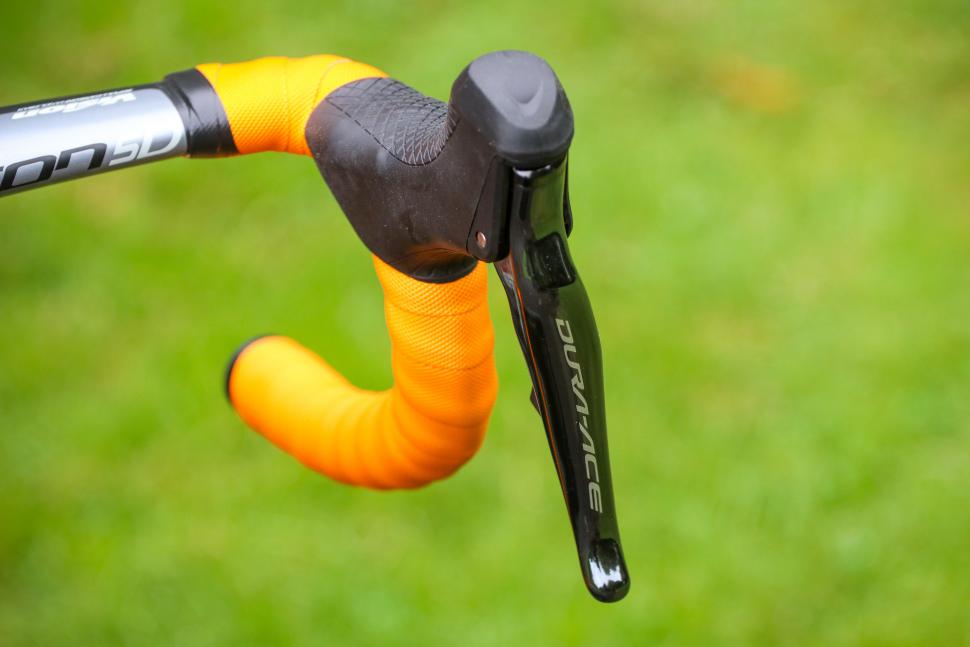
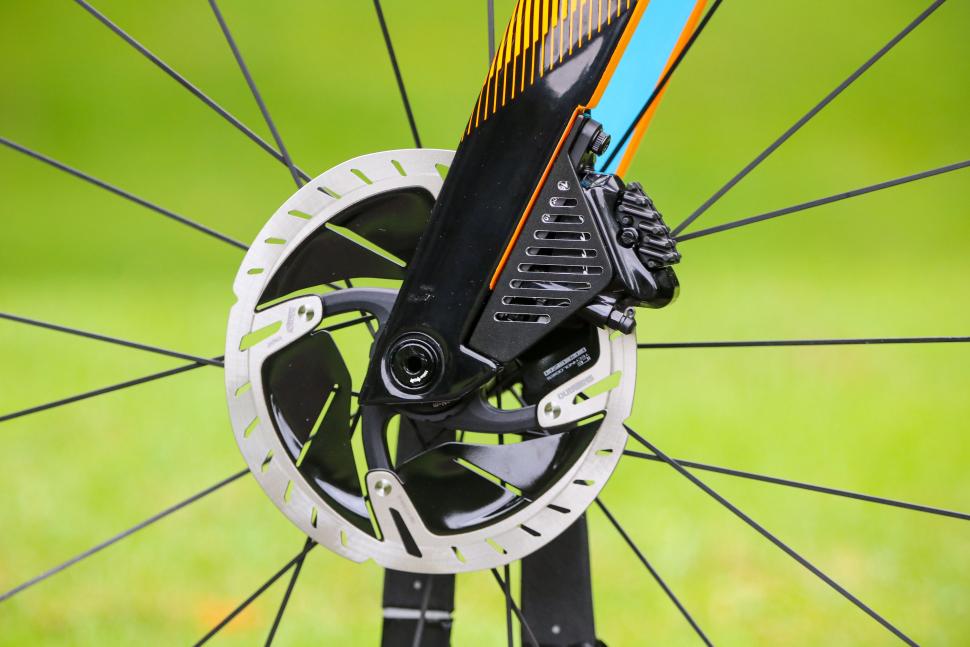
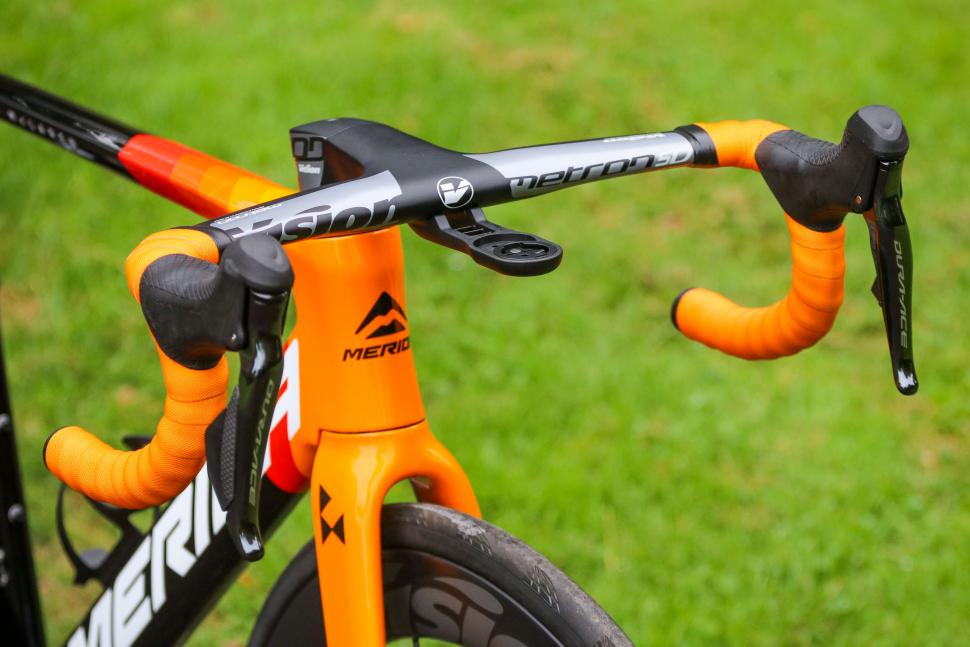

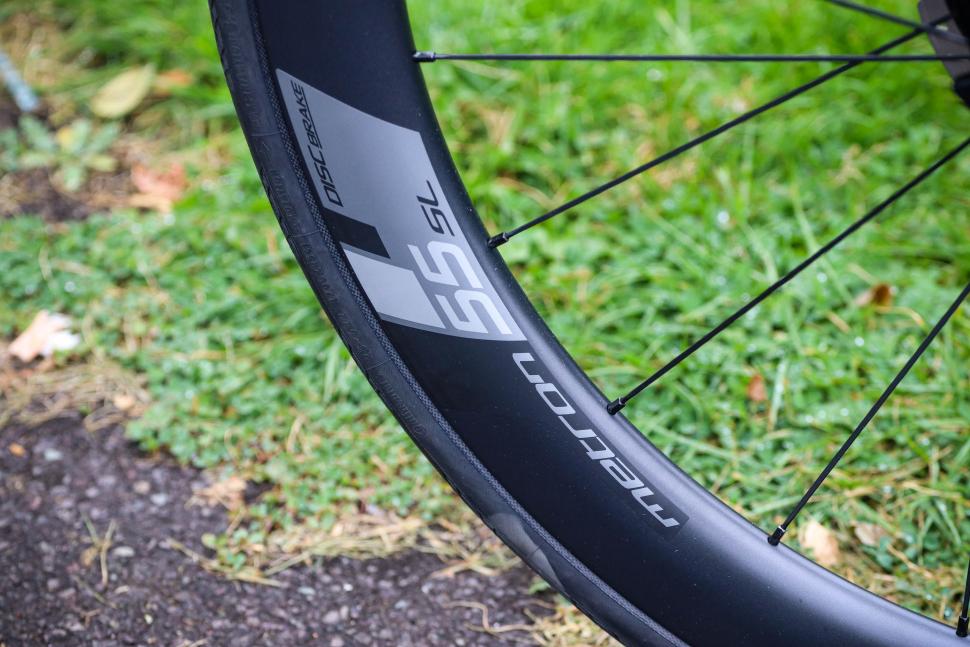
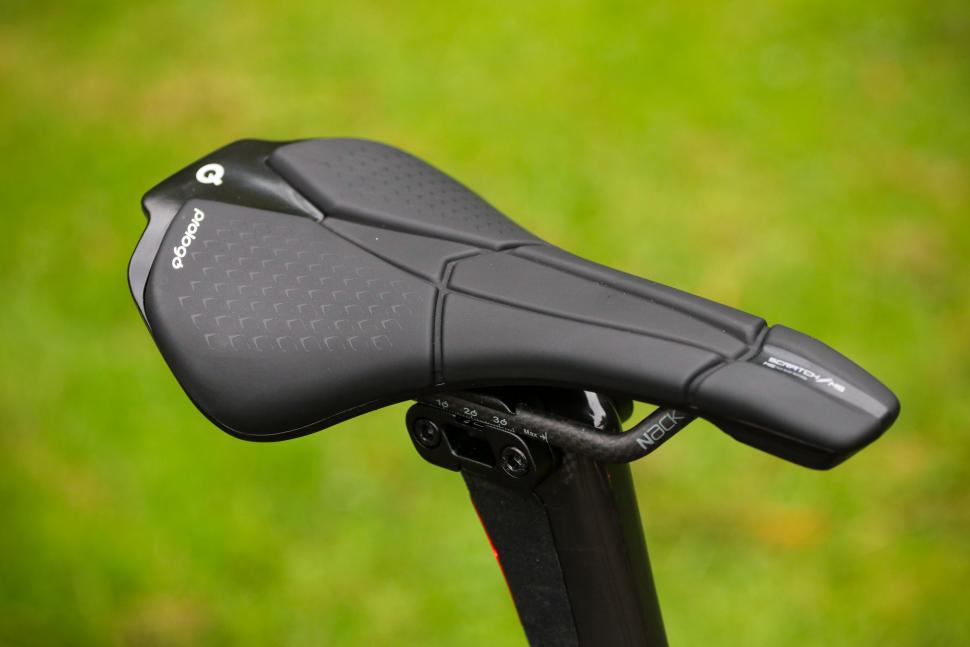
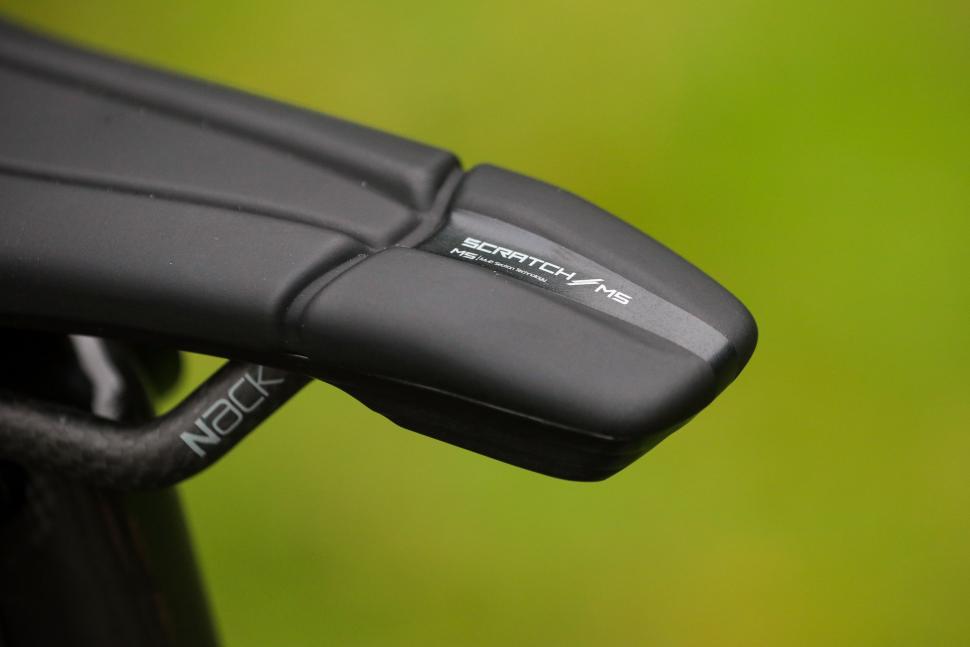
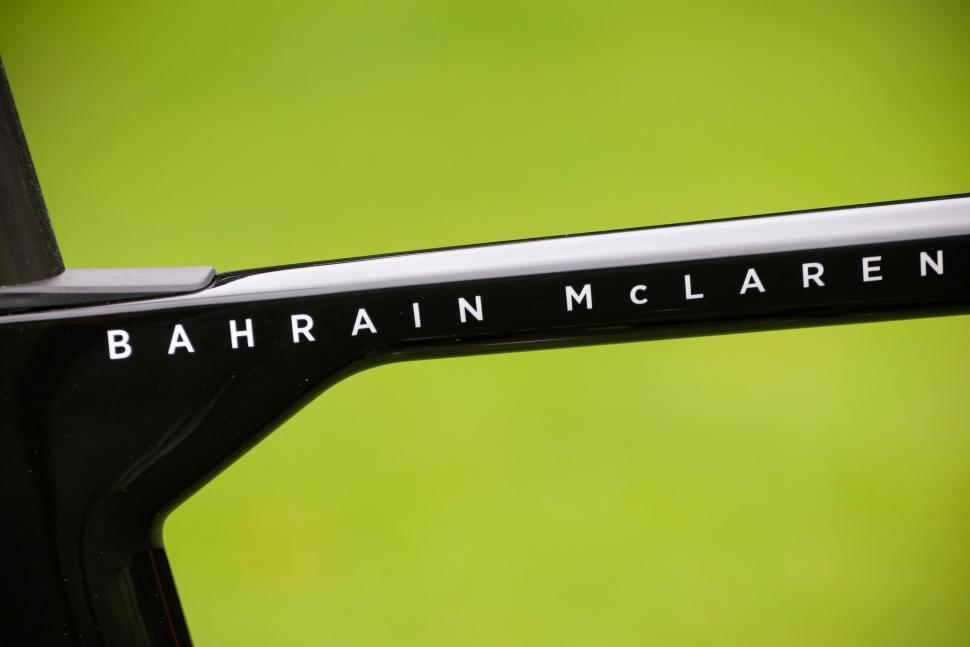
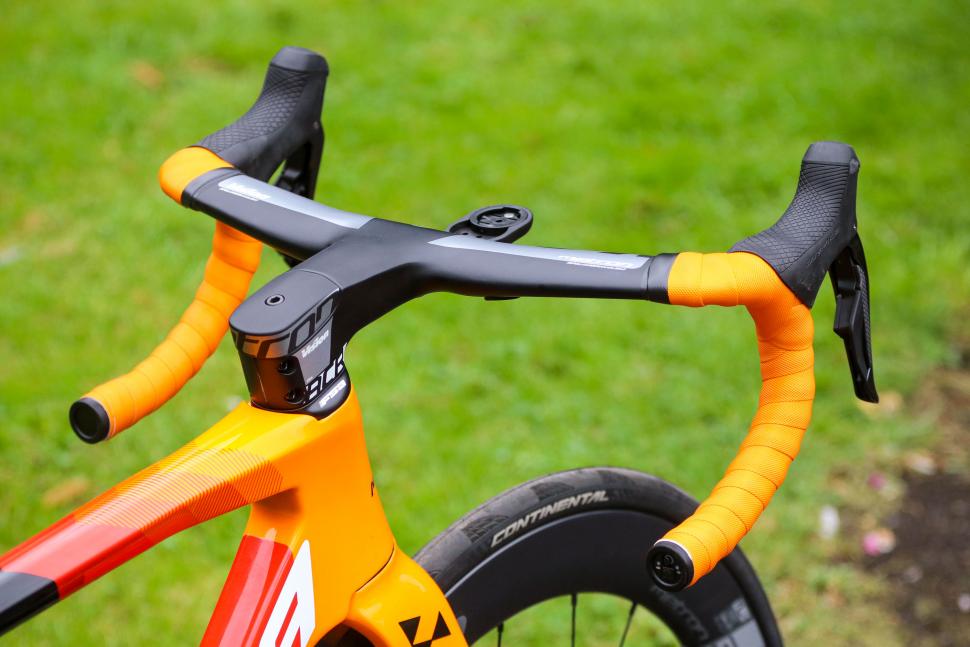
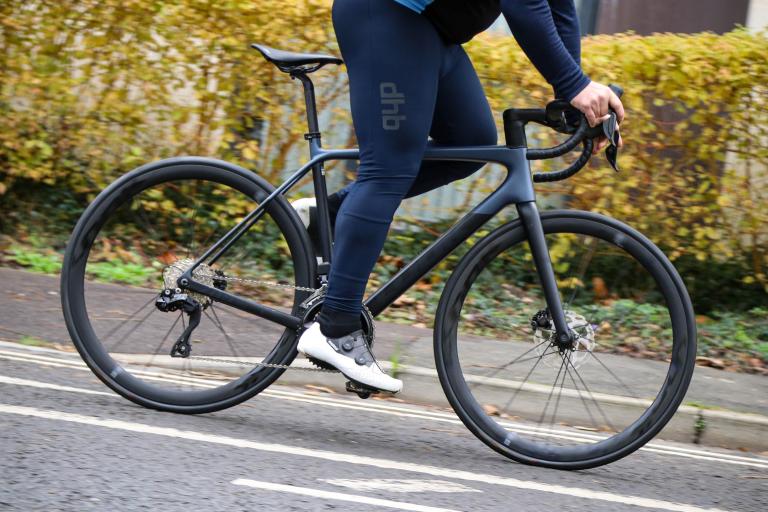
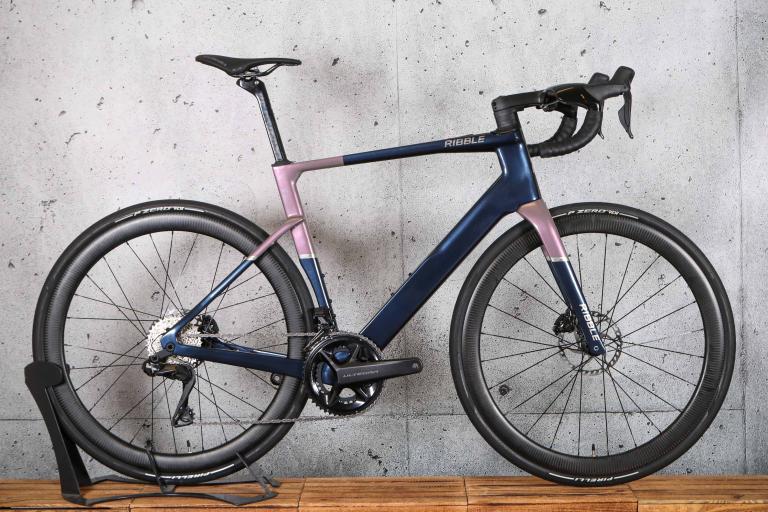
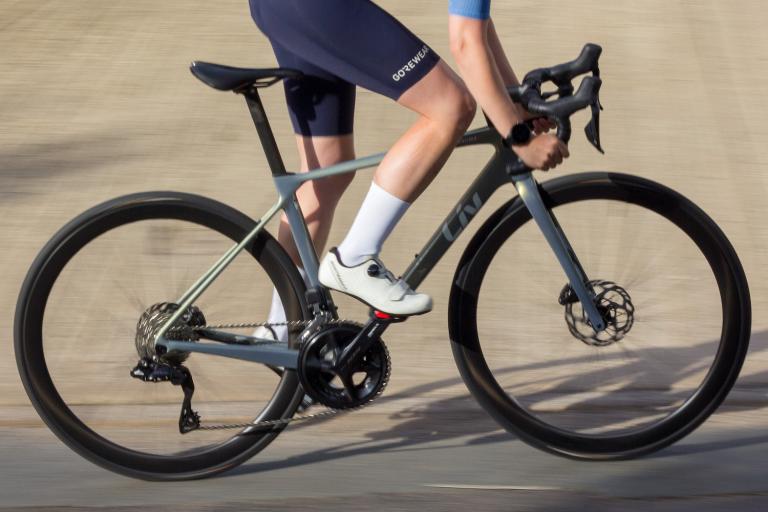
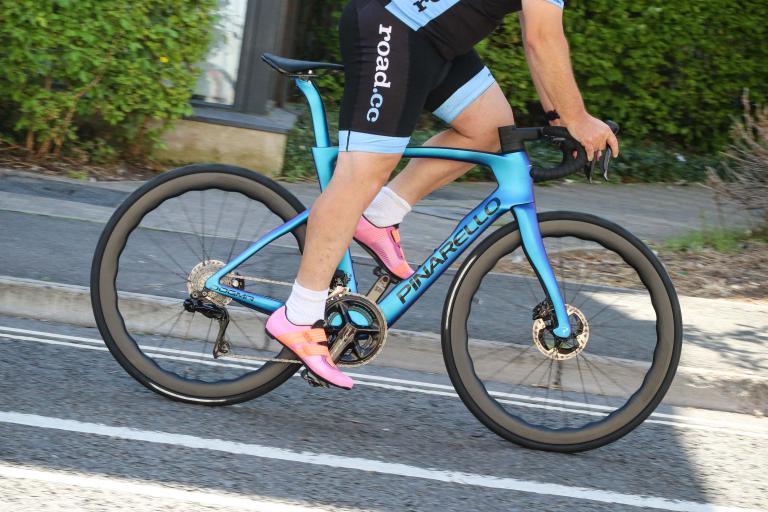
Add new comment
4 comments
isn't this just a rebadged sL7?
First thing I'd do is save the grams and loose the daft extra brake cooling fins.
If a regular punter zipping around the Surrey Hills is cooking the 160mm ICE Tech rotors on their Reacto E, they're doing something very seriously wrong.
Is it an E-bike or have they just given it a fucking stupid name
It's 'E' for electronic, which probably made perfect sense when they started using it.